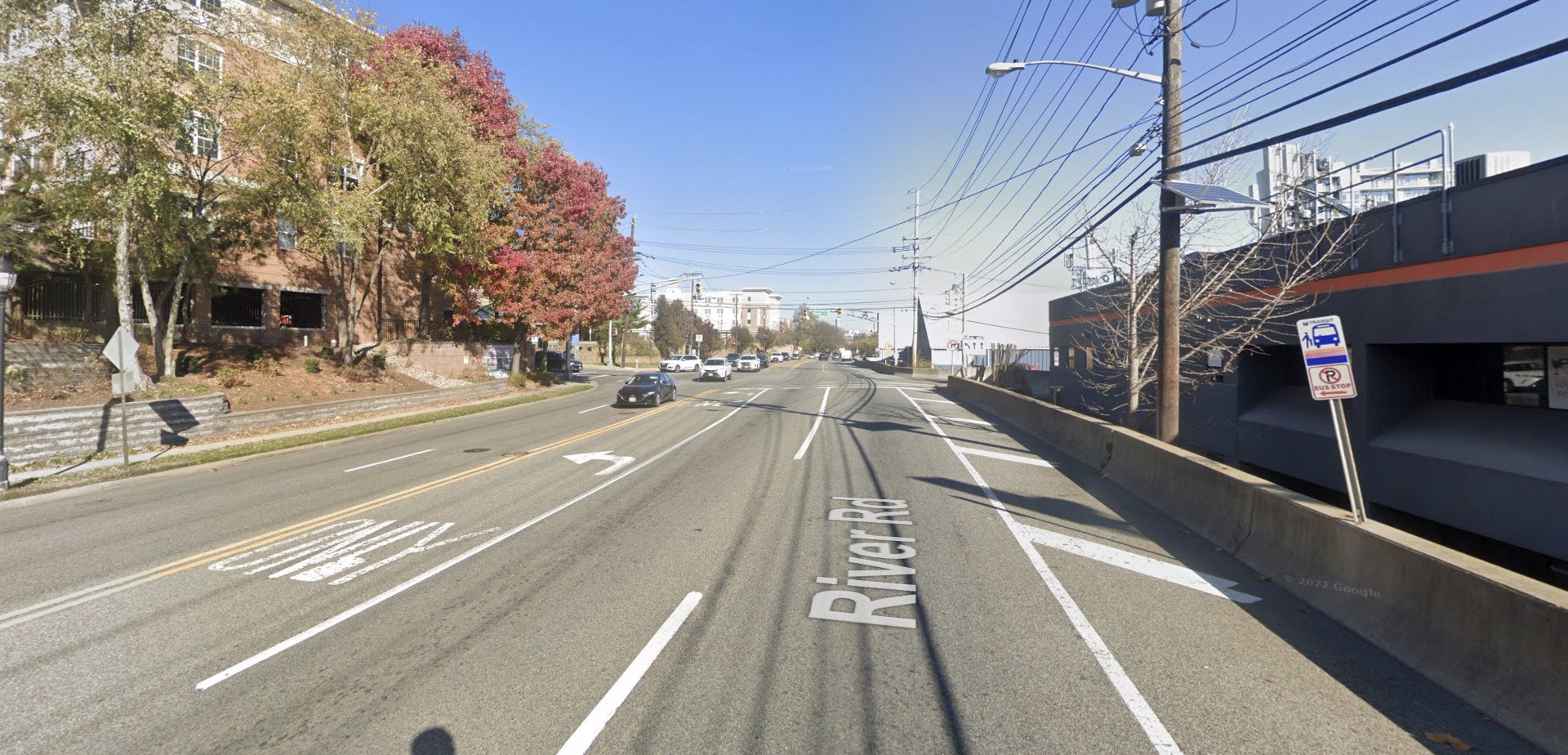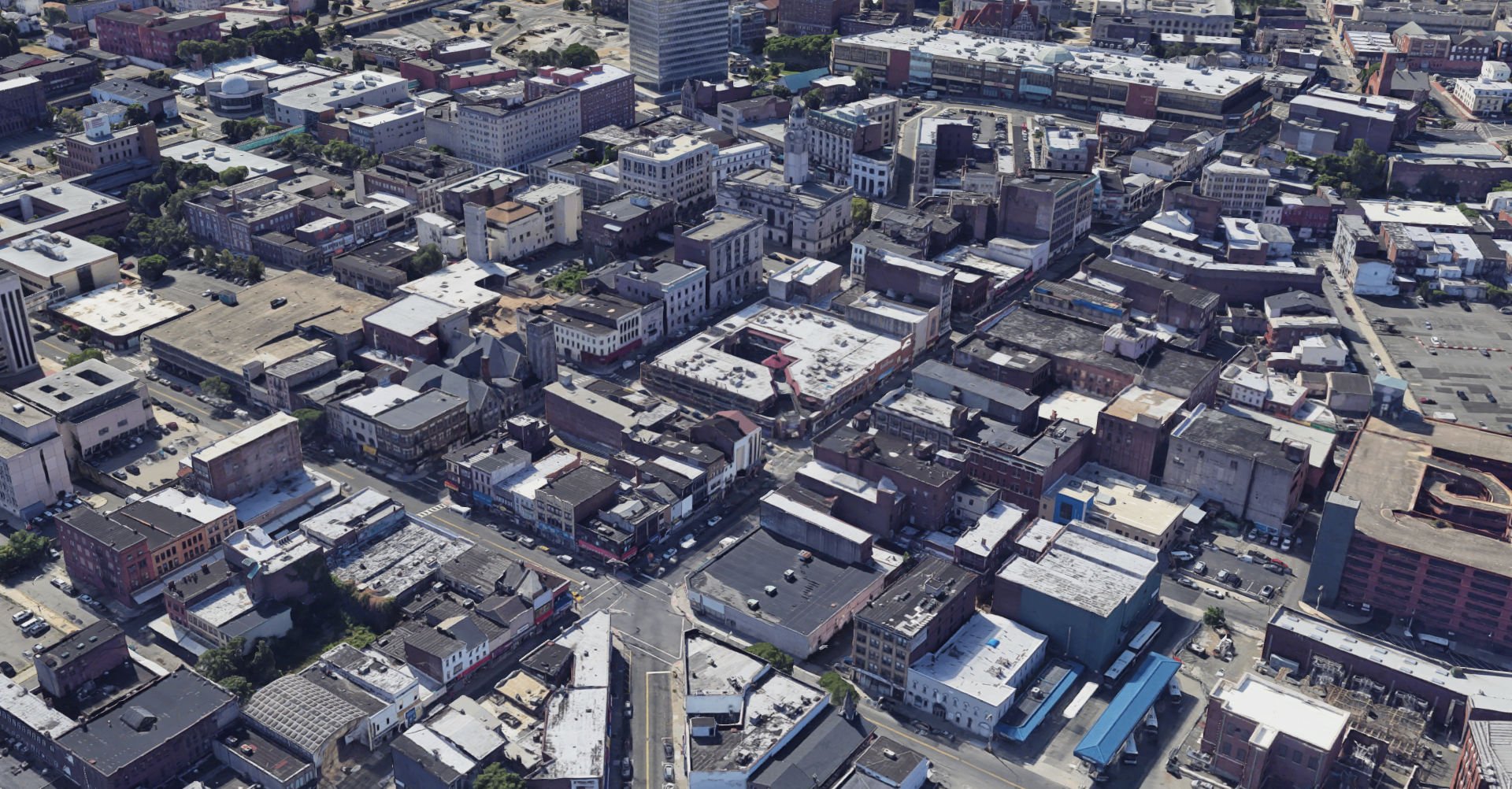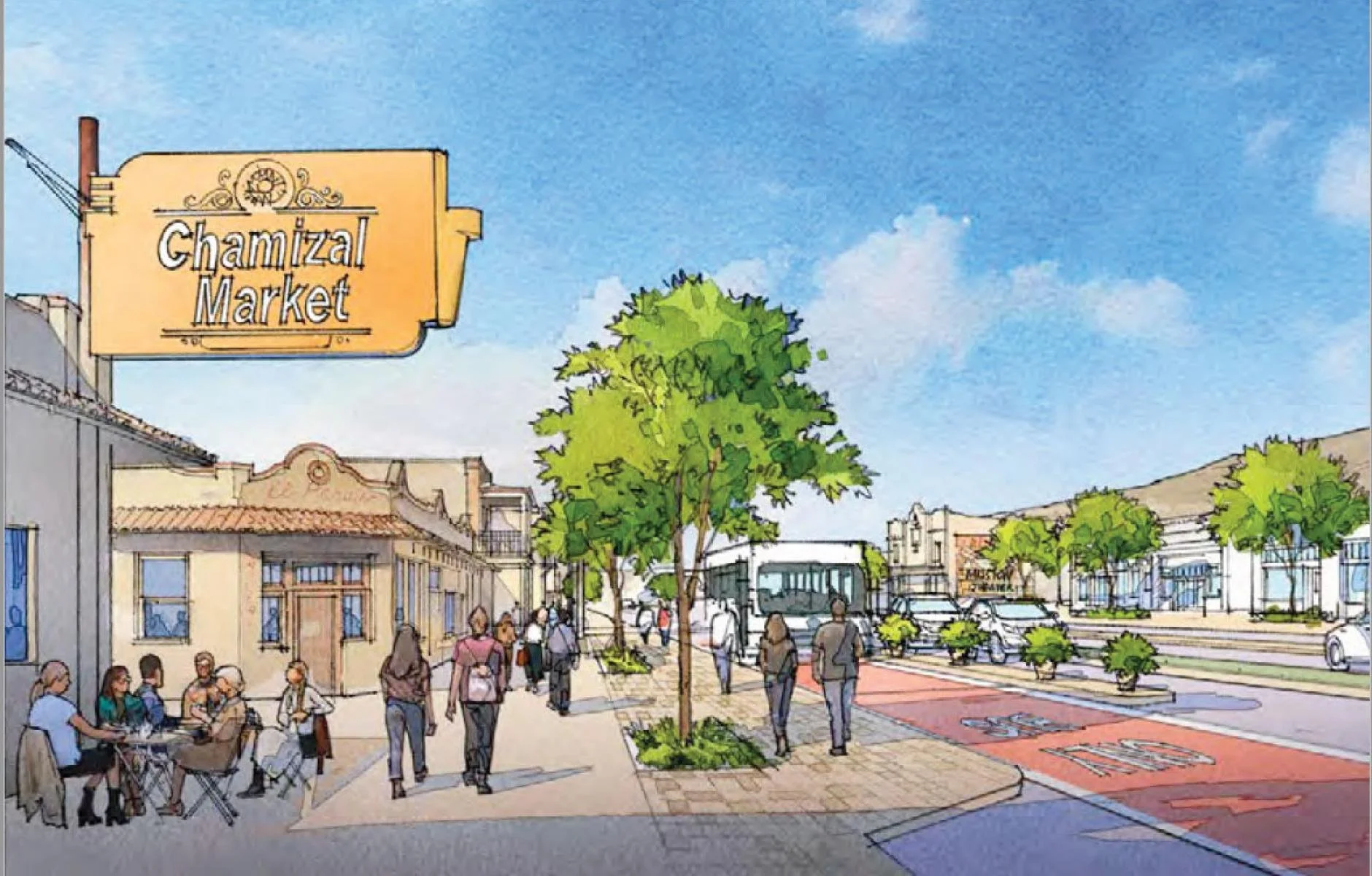Let’s Ditch the Stroads
This article was originally published on Andrew Price’s blog, in slightly different format It is shared here with permission.
I live in a walkable bubble here in Hoboken, New Jersey; a lifestyle that is unusual and unrelatable for most Americans. Even now as a dad, I don’t need a car, since just about everything my family needs is within walking distance. If it's not in Hoboken—for example, a medical specialist—we can find it in Manhattan and reach it via bus or subway. If we still can't find it (for instance, we renovated our kitchen and visited many stone yards to shop around for countertops), it's a short Uber ride away in New Jersey. Otherwise, there are many parks, playgrounds, splashpads, indoor play gyms, music classes, story times, etc. within our square-mile city that provide countless opportunities to stay active and social, especially with a kid.
A playground full of kids at Church Square Park in Hoboken.
Occasionally, we rent a car to leave our bubble. We enjoy hiking in state parks, sight-seeing in small towns, going to the beach. NJ Transit is great at getting us in and out of Manhattan, but not so much at travelling across our region. For example, here is what the NJ Transit app's trip planner tells us to do to get from uptown Hoboken to Aspbury Park, a popular beach-side town in New Jersey:
$19.75 one way for adults, and $8.90 reduced fair for kids. For our family of two adults and a child, that's $96.80 for a round-trip. A car rental including gas is approximately $60 and driving takes half the time than transit. So, a handful of times a year, we rent a car to enjoy what our region has to offer. Renting a car five times a year is only $300. That's cheaper than the average cost of owning a car in the United States ($10,728), plus most Americans have a free place to park (whereas we'd have to pay for a garage here in Hoboken).
Using Hoboken as a model (as well as many small towns we have visited in Europe where you can walk the end-to-end in 15 minutes), I push for the idea of complete neighborhoods, where even if you need a car to leave the neighborhood, we focus on building neighborhoods where one doesn't get FOMO living there or visiting without a car. Where we live in uptown Hoboken, we have six supermarkets (Acme, Shop-Rite, Trader Joes, Kings, Aspen Marketplace, and Organic Basic Food), soon to be eight (Dumbo Market and Sprove Market Place), within a 10-minute walk. Our dentist, pediatrician, favorite restaurants, and even hospital where we gave birth is just a short walk away. Most of our friends live in Hoboken and are within a five- to 15-minute walk away.
Aerial view of Hoboken, New Jersey.
Whenever we rent a car and leave our bubble, it never ceases to disappoint how bad the quality of the public realm gets in the areas that fill the space between destinations. You don't have to drive far to reach an endless stroad-y landscape.
A stroad in New Jersey.
Driving can be an enjoyable experience. I enjoy driving through the countryside, and we have plenty of county roads, and tree-lined parkways.
A turnpike in New Jersey.
I also enjoy driving through city streets of towns, even if I have to be alert watching for pedestrians and cyclists.
A street in downtown Perth Amboy, New Jersey.
I also don't mind driving through residential suburban streets.
A suburban street in Montclair, New Jersey.
Stroads are neither streets nor roads, where people left turn across oncoming 45 mph traffic, lined with curb cuts and parking lots, that seem to endlessly run through our metropolitan areas and around our small towns. Miserable to drive through, and even more miserable (and a death trap) if you happen to be out walking.
A stroad in New Jersey.
As stroads tend to be the main connections leading in, out, and between the places worth visiting, they are an unavoidable part of driving. It reminds me of when I visited Mexico City, and every time we left to city to explore the surrounding regions, we would pass through a ring of informal settlements, a reminder of the stark disparity between the European-esque city center and the poverty of the developing country.
Informal settlements along the outskirts of Mexico City.
There are many destinations worth visiting around New Jersey:
The boardwalk of Atlantic City.
Pedestrian mall in Cape May.
The beach as Asbury Park.
But, stroads are a stark reminder that while we live in and travel between urban bubbles and natural beauty, there is a still a lot of work for us to do as much of the United States is dominated by these financially unproductive, ugly, and dangerous monstrosities.
Around the larger towns and the inner areas of our metropolitan areas, there is a trend for towns to target stroads as the places to increase their population density:
A stroad in Edgewater with apartment buildings going up. This is not urbanism.
What will adding density here bring? Driving through here is miserable, walking more so. This is the kind of infrasture that divides, rather than connects, neighborhoods. Crossings are few and far between. Everyone who comes and goes does so via a driveway into their building's garage. More density will mean more traffic funneled on this stroad. It's going to take a lot of change for there to be any measurable street life. As Strong Towns puts it, this design is a "bad party."
These stroads, being the main corridors running through our towns, tend to be lined with bus stops, but they serve as horrible transit corridors. You're standing in an environment that punishes you for being outside of a vehicle, waiting for your bus to come by staring down the road for 15 minutes at all of the cars driving by, wondering why you're not in one of them.
Who in their right mind is going to cross this stroad from the apartments on the left to reach this bus stop?
Forcing people who depend on transit to repeat that experience every day of their life chips away at their mental existence. Most stroads should be turned into true roads, with spaced out intersections and few curb cuts. We shouldn't provide sidewalks along high-speed roads (although a bike path or walking trail that runs adjacent but protected by trees from the high-speed traffic would be a very good investment).
A country road in New Jersey.
Development should be concentrated on local streets where land value is high. Concentrating your density in areas built for walking rather than along stroads gives people options on how they want to get around…
33% of households in Paterson, NJ, don't own a car.
…and where the streets connect rather than divide what's on the other side of the street.
A street in downtown Princeton.
De-stroading the country will make everything better for everyone, including those who regularly drive, and create places we are proud of. Let's ditch the stroads.





















